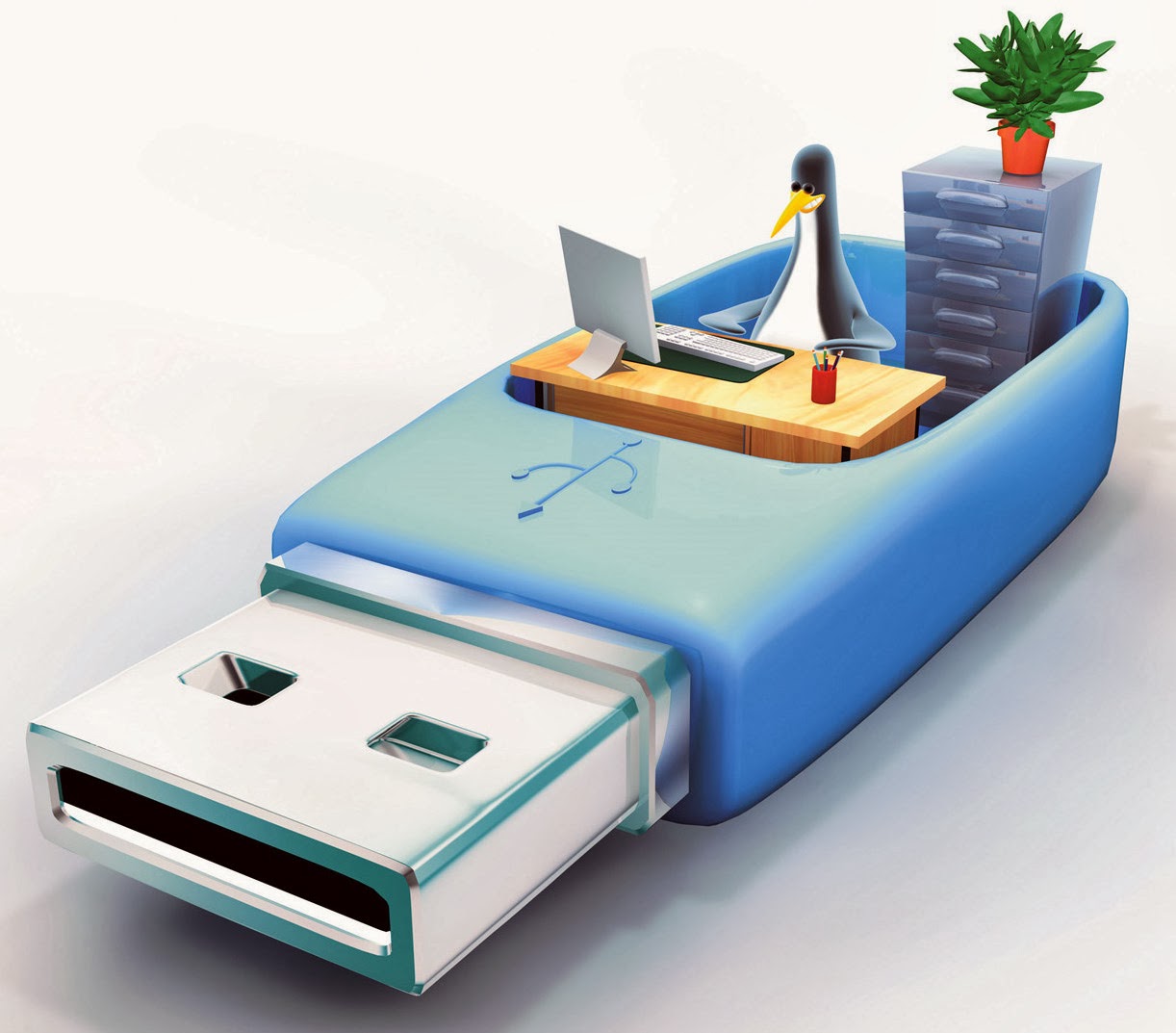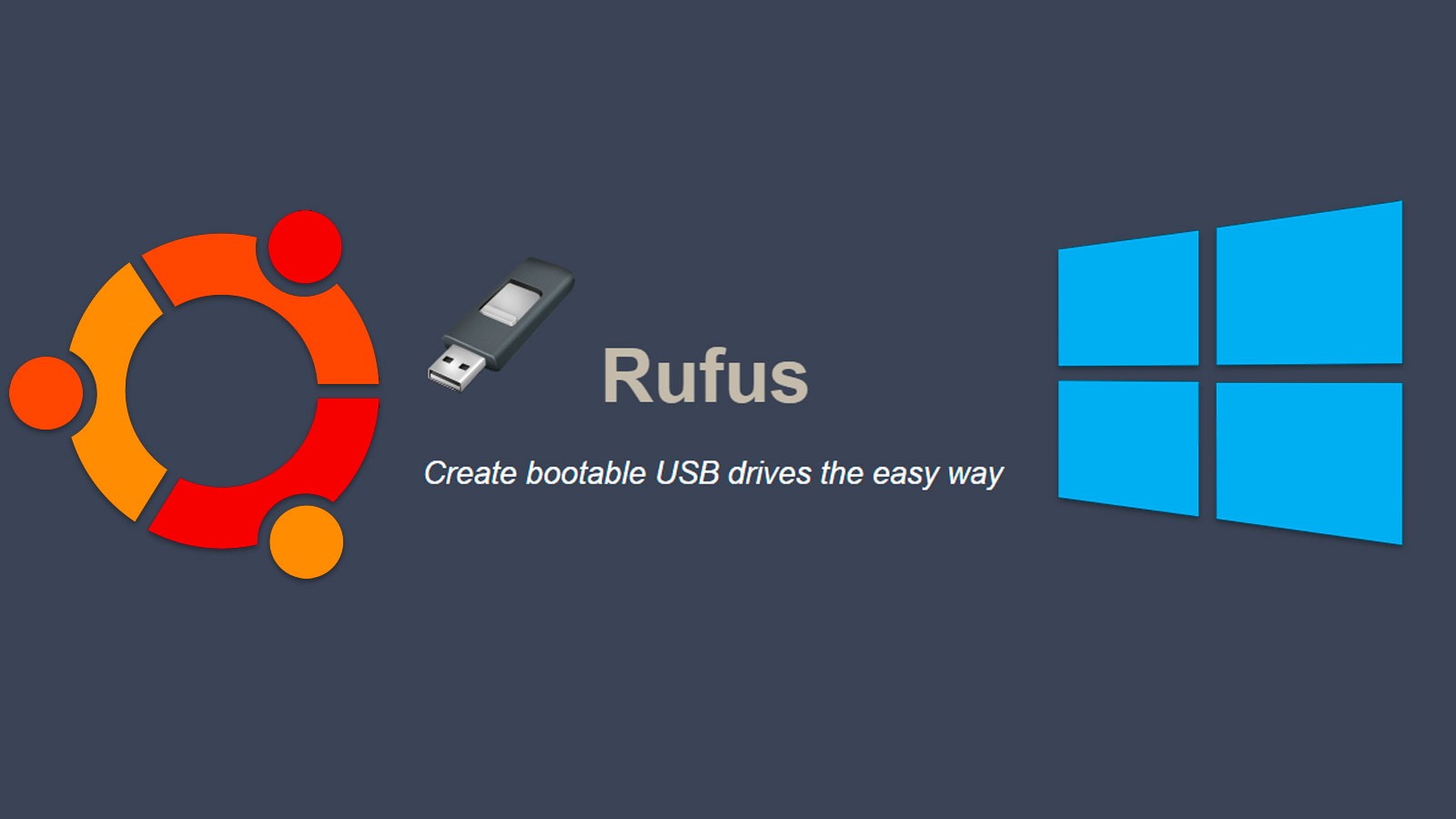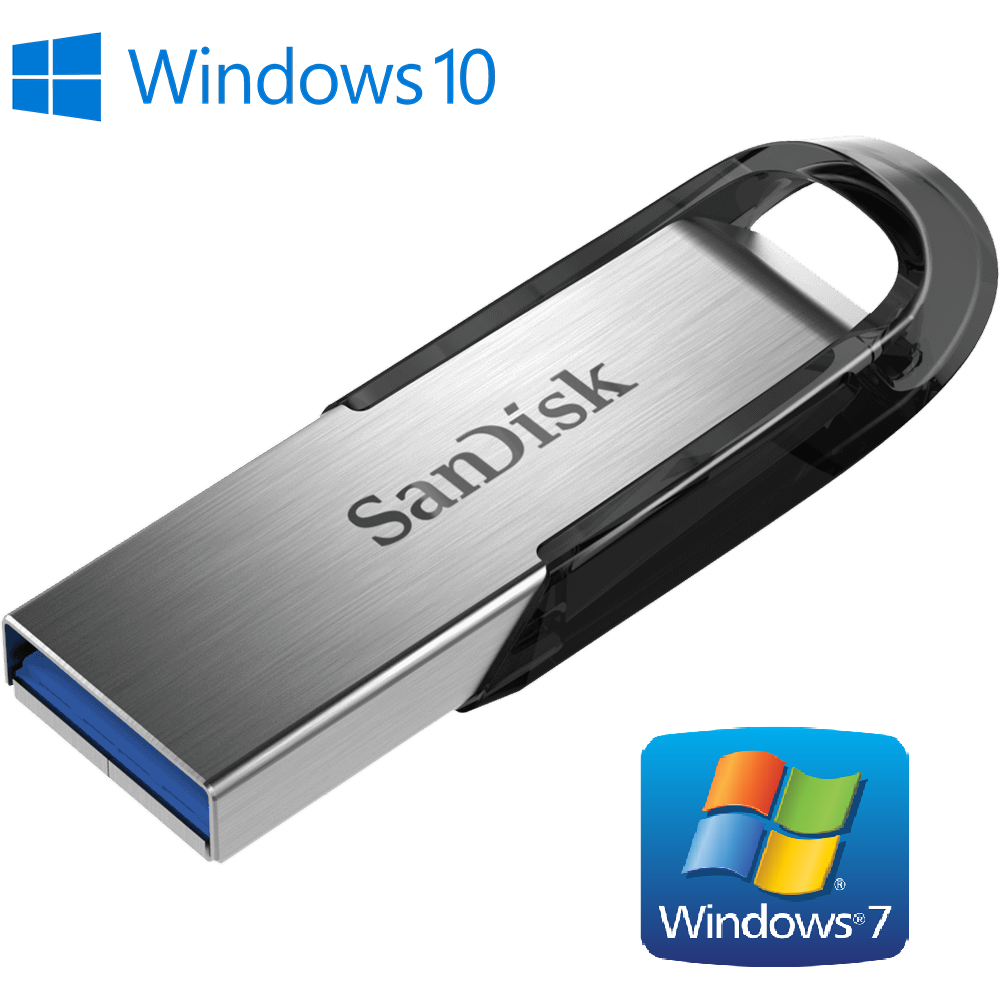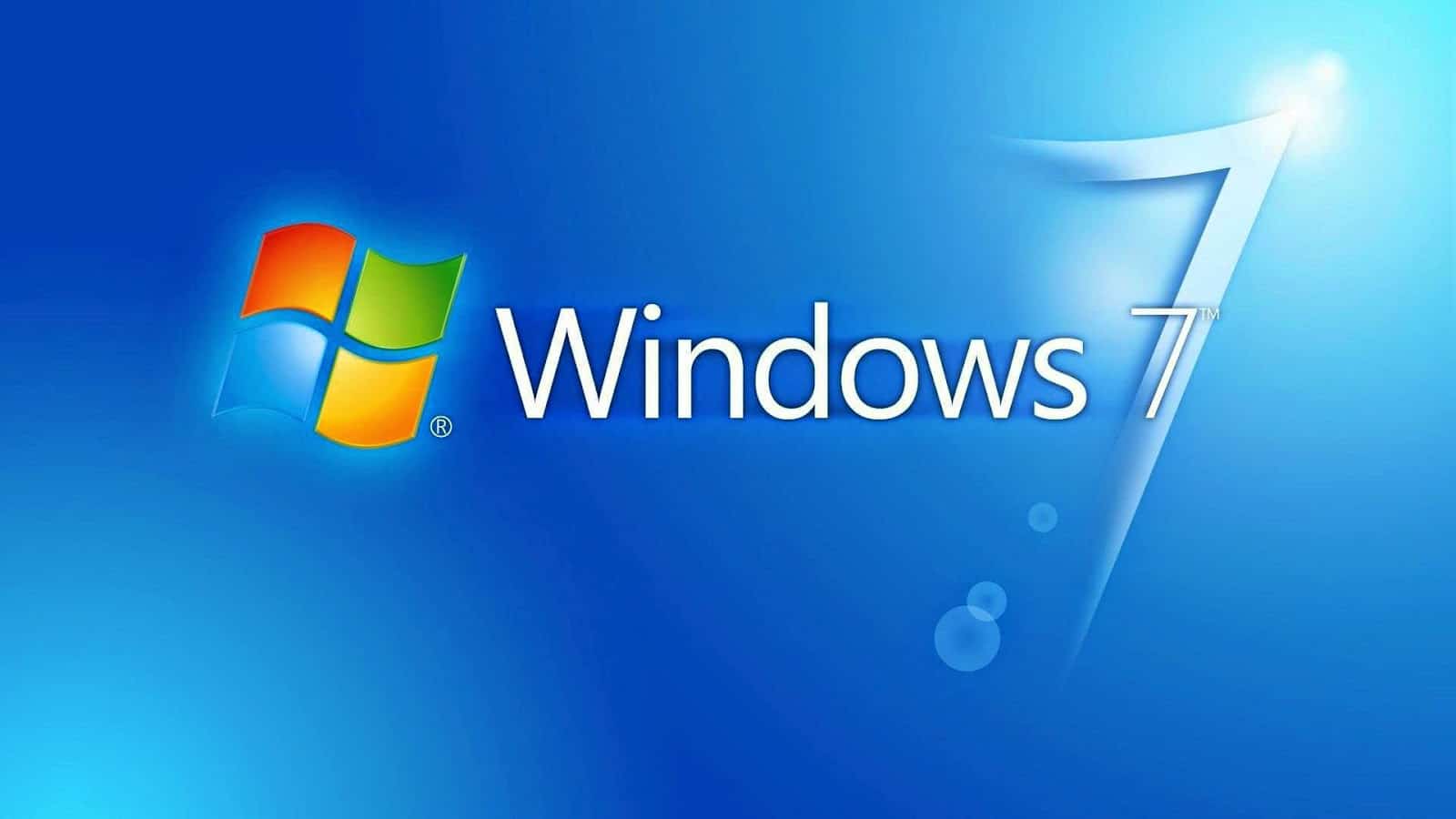Many computer models do not have a CD or DVD reader and it forces us to look for alternatives when wanting to install new or recently formatted software. Here we will teach you how to make a bootable pendrive We will give you several alternatives! Cheer up!

How to make a bootable pendrive?
A bootable pendrive is a memory in USB format, through which a computer can be started, without having to have an operating system installed. This procedure is often referred to as Boot.
The use of this type of pendrive is justified when the computer does not have a CD or DVD reader, when some critical system files, related to booting, are damaged, or when the PC is empty and does not have an operating system. It is fast in transmission and reusable.
What do we need?
- A pendrive, which is one of the main USB memory types existing. Its capacity must be greater than that of the file we want to install.
- A bootable operating system installation disc, or an ISO file contained in the USB memory. The ISO image must contain the files to be stored.
- A drive virtualizer to burn the ISO image (only if we don't have the installation CD).
- A computer with Windows Vista, Win7, Win8 or Win10.
We'll see now how to make a bootable pendrive, according to the program we choose.
Rufus
It is the best program to boot pendrive. It has a Spanish translation and is in a portable version, that is, it does not need installation. Just download it, run it, use it, close it, and delete the downloaded file.
After this, when opening the file, we must choose the connected pendrive, the ISO image and the new name of the pendrive. The download of the ISO image of the software is done through the icon of a CD reader, called ISO image or ISO image, depending on the language.
UNetbootin
It is an old program and designed for Linux, but in the same way it can be installed in Windows. Its use is quite simple, since you only need to select a type of distribution and a version. Next, the ISO image is chosen and then the USB memory in which we are going to install the ISO file.
Yumi
Inside, it contains several operating systems that can be booted, which makes it a multiboot USB. Its main advantage is the fact that it allows creating a USB memory with several operating systems at the same time, allowing various combinations between the ISO image and the operating systems in question.
When starting the bootable USB, we can choose the boot disk that we want to execute within a menu of pre-established options.
ISO to USB
It is a free program, only compatible with Windows ISO images. Its main disadvantage is that it is not portable, so we must necessarily install it on the computer. Another drawback is that, occasionally, the pendrive cannot be reused.
However, if this happens to us, the solution is easy: In Disk Management, we select the storage disk that appears with a different color, we click on the New simple volume option, and the pendrive can be used again.
Now, we will present an even easier and faster way to boot a pendrive.
Windows 7 USB DVD Download Tool
First of all, we must download the Windows 7 USB / DVD Download Tool program from the official Windows page (Windows Store). We require a live account for download.
After its installation, we run the program. To do this, it is necessary to select in Browse the ISO image of the program that we want to install, and that we must already have downloaded. We click on the word Next.
Next, we select the USB device option and the USB pendrive where we are going to install the image. We select Begin copying.
The memory begins to be formatted by the program, to then include the ISO image and create the files required for booting.
Finally, we introduce the memory in the computer that we want to format or where we want to install the program. We look for the Boot options, we select Boot Device Priority and, finally, we select the USB Disk pendrive.


